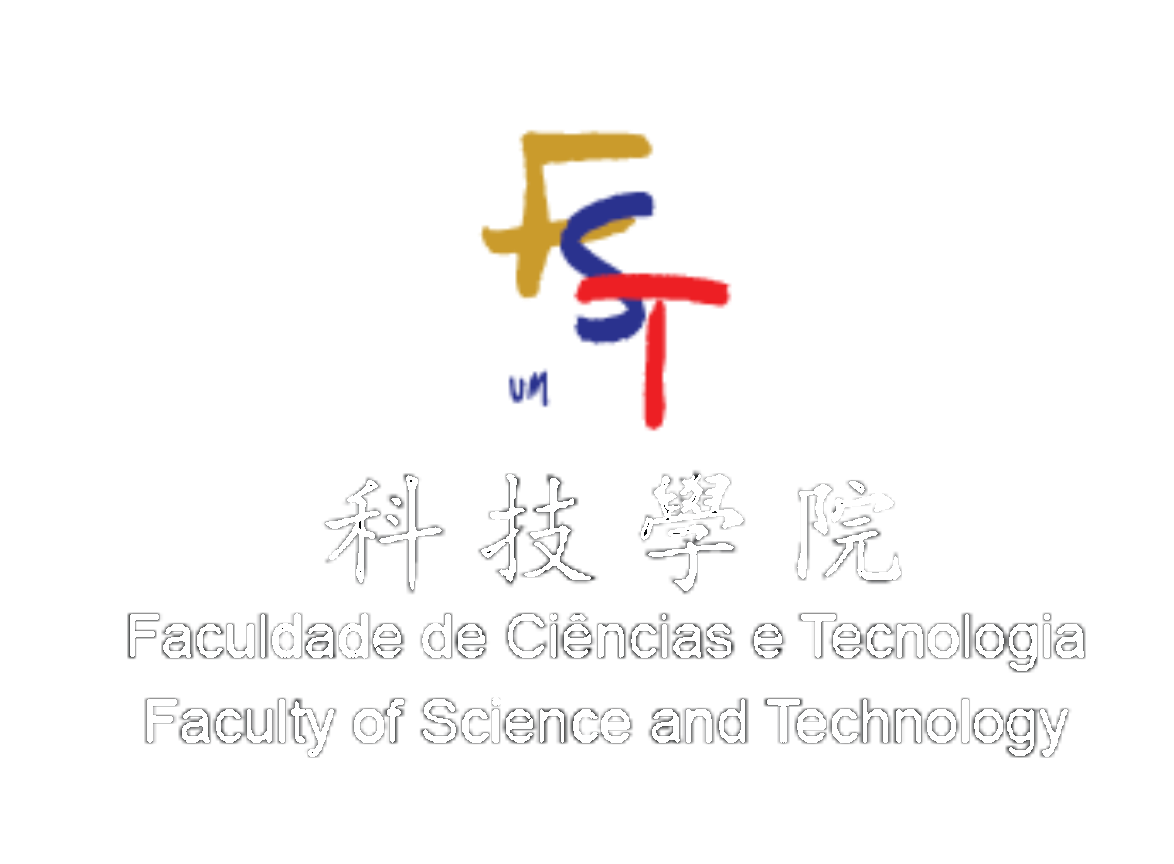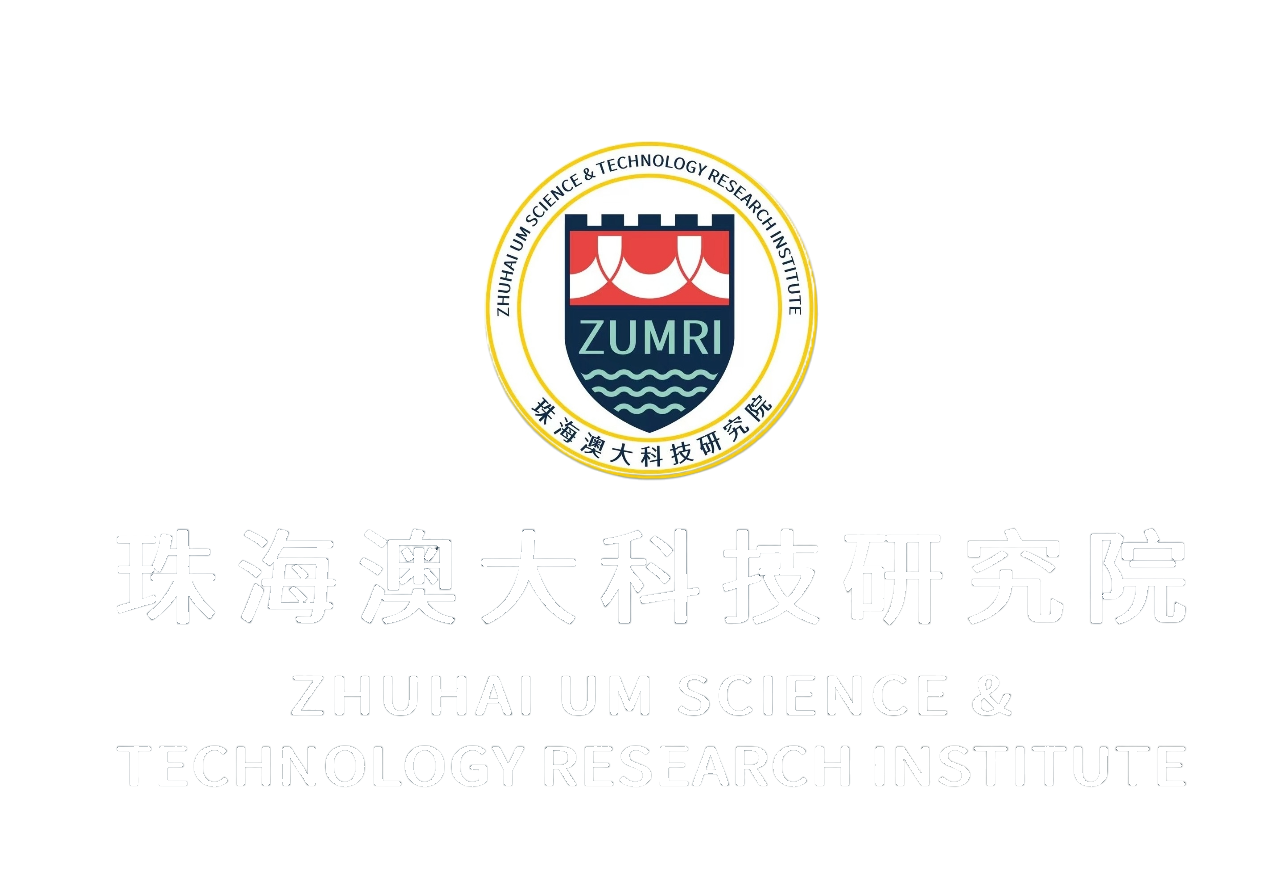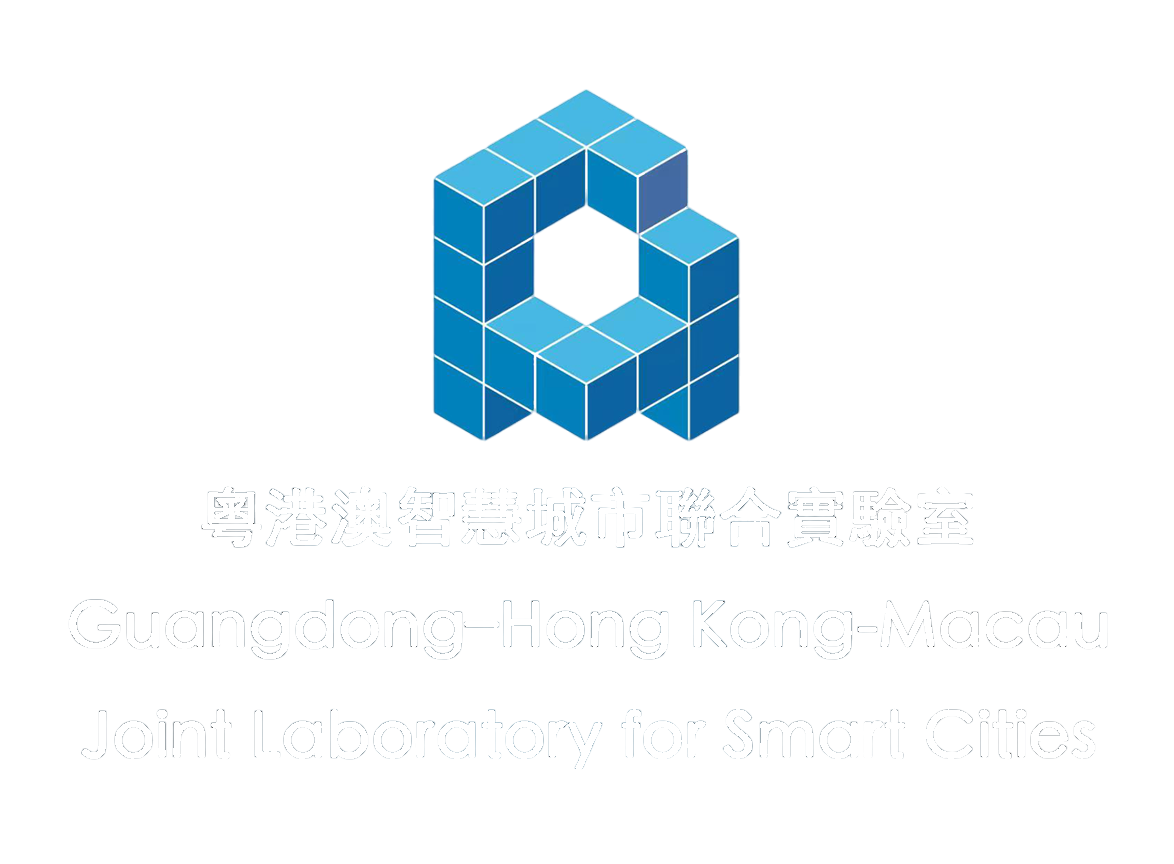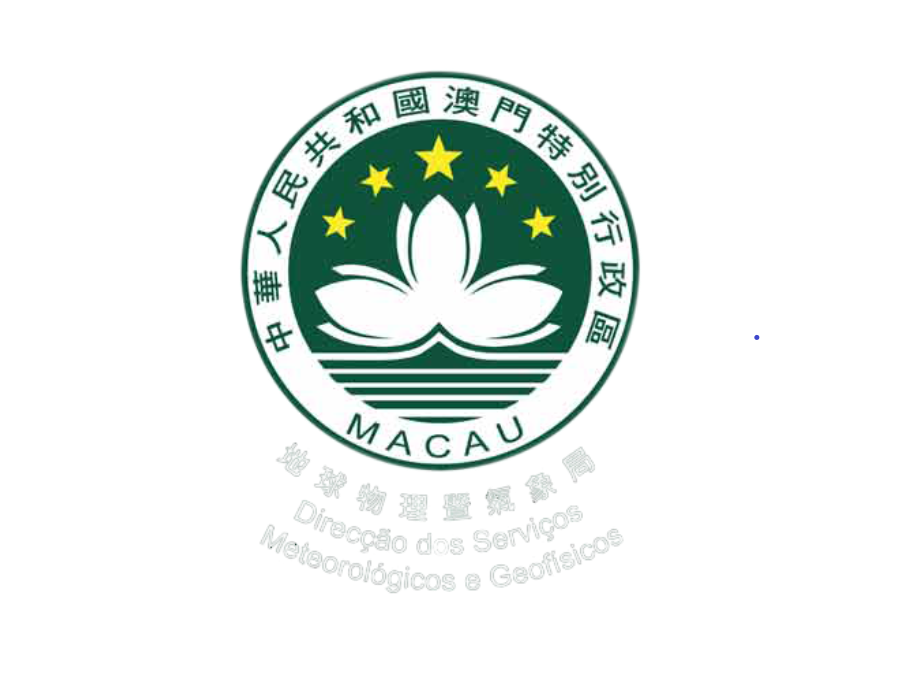Industrial Session
Invited Speakers

Wenjing HE
Senior Expert in the Government Affairs Industry Department at Huawei’s Asia-Pacific region
With over 11 years of experience in the ICT field, Wenjing HE has gained extensive expertise in digital transformation planning, smart city industry solution design, and system integration. I have successfully led and participated in major projects such as Guangdong Province’s Smart New Policing, Zhongshan Smart City, and Zhuhai Safe City.
Talk Title: Building a Smart City Ecosystem, Cultivating Urban Digitization
Abstract: The latest wave of technological revolution and industrial transformation has profoundly changed the way human society produces and lives, further accelerating the transformation towards urban digitization and driving various industries towards intelligent upgrades. The construction of smart cities has entered a critical phase, emphasizing a “people-oriented, problem-driven” approach to enhance efficiency, effectiveness, and utility, ultimately realizing the value of social governance.
A truly smart city should resemble a living organism, an organic entity consisting of essential components such as a brain, eyes, brains, hands, and veins. The next-generation technological architecture should possess a brain, serving as a central analytical and decision-making system. It should have eyes, representing a perception system that comprehensively senses urban dynamics. It should have robust veins, enabling the efficient and secure transmission of vital blood, namely data. Simultaneously, a smart city cannot do without hands and feet. Through interactions with end-users, it enriches industry applications and constructs an application ecosystem encompassing citizen services, urban governance, industrial economy, and other domains, ultimately solving the last mile of interaction problems.
Huawei believes that the next-generation technological architecture for urban digitization is the ” City Intelligent Twins” relying on technical characteristics such as “HarmonyOS perception, intelligent computing power, network enablement, and ubiquitous security.” It caters to the entire business spectrum of “government affairs services + urban governance + city management,” providing rapid responses and efficient handling of real-time issues.

Xiaoju LIU (Evan)
Director, Power and Networks Dispatch Department, CEM
Xiaoju LIU holds a master’s degree from Tsinghua University and is currently the Director of Power and Networks Dispatch Department of Macau CEM. The main research areas include power system planning, power system automation and communication, power system dispatch, electricity market, smart grid, and digital transformation. In recent years, we have actively participated in research on smart grids, low-carbon development of power systems, as well as green energy and green certificates, striving to promote the research and application of new communication technologies in power systems. Having over 30 years of experience in power system related work, with experience in power system design, operation, and large-scale project management. He is currently a member of IEEE and served as the Chairman of IEEE Macau Section from 2018 to 2019. He is currently the Chairman of IEEE PES/PELS Macau Chapter.
Talk Title: Constructing reliable communication networks to promote smart grid development
Abstract: With the development of smart grids and smart cities, there is an increasing demand for the various sensors connection, information transmission, and automatic control through the Internet of Things, resulting in higher requirements for communication infrastructure. For example, the access of relay protection information requires extremely high real-time, sensitivity, and reliability; The access of smart meters and video surveillance requires the support of large broadband. Through the study on the smart grid roadmap in 2011, Macau CEM proposed that communication infrastructure will be one of the six key areas for future development. After several years of effort and detailed technical comparison, Macau CEM has built a second plane of optical transmission network, effectively improved the reliability of the communication backbone transmission network, and effectively promoted the development of smart grids and smart cities.
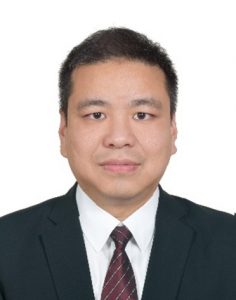
Kuong In CHAN
Deputy General Manager and Chief Engineer of China Construction Engineering (Macau) Co., Ltd.
Secretary-General of Macau Construction Industry Association
Executive Director of The Macau Institute of Engineers
Chief Supervisor of China Green Building and Energy Saving (Macau) Association
Talk Title: Application of Smart Technology in Construction and Operation of Urban Cells -Buildings
Abstract: The development project named “Apartments for the Elderly” embraces an advanced technological framework to establish a property management center and a rapid support center, which is fully leveraging smart service, operation, and management capabilities to provide end-to-end services and quick responses. The project strives for benchmark for building the apartment for elderly, incorporating an evolving smart care service system in Macau.
The M8 Urban Renewal Project is the first urban renewal project developed by China Construction (Macau) in Macau. Situated in the heart of Macau’s World Heritage Historic area, , the project is positioned as a cultural and commercial landmark. Throughout the construction phase, a series of intelligent engineering technologies (C-smart) are deployed, including BIM, 3D scanning, and MR modeling to ensure construction safety and foster lean construction practices. Currently, there are ongoing efforts to develop a BIM-based visualized smart integrated operation management platform, employing digital twin technology. This platform focuses on addressing critical challenges such as controlling building energy consumption, managing operation and maintenance costs, and optimizing precision management. The ultimate goal is to achieve visualized building operation and maintenance management, encompassing the entire spatial, elemental, and procedural aspects.

